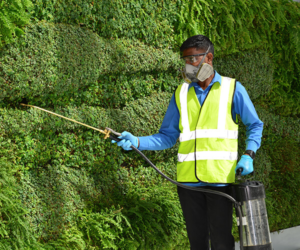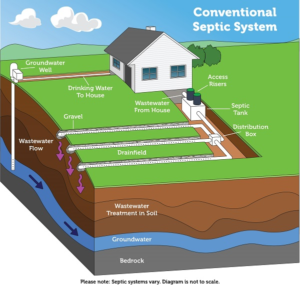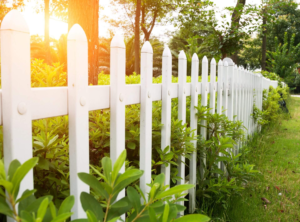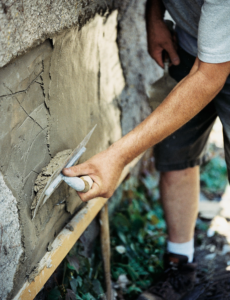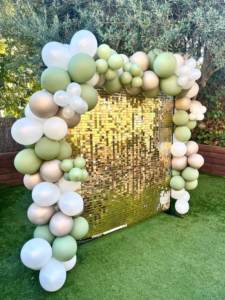Hauling is an important method for transporting large loads. It is often used by construction projects or businesses tasked with waste removal.
Unfortunately, predatory towing continues to plague the trucking industry. Excessive rates and extra surcharges are appearing on more and more invoices. It is vital to understand what to look out for and how to protect yourself from these types of charges. Contact Azteca Towing now!

When you are stranded in your vehicle, every second counts. With a 24/7 towing service, you know that help will be available no matter the time of day or night. This is especially important in unfamiliar areas or during adverse weather conditions. A quick response can save you from having to pay for hotel accommodations or missing important commitments. Many of these services also offer memberships or roadside assistance packages that are cost-effective, providing peace of mind for motorists on a budget.
These services are typically equipped to provide a wide range of emergency roadside assistance services, including jump starts, tire changes, and lockout services. They are also experienced in handling various vehicle types and can quickly assess and repair problems to prevent further damage. This can help you save money on costly repairs in the future.
Often, a 24/7 towing service will be able to fix your problem on the spot without needing to tow your car at all. This can be a huge relief, particularly for drivers who are stranded in unfamiliar areas or during holiday travels. This can also save you money on expensive repair services that you would have had to pay for if your car was towed.
Many of these services have a network of nearby repair professionals who can diagnose and resolve issues on the spot. This full-service approach can ensure that your car is taken care of from start to finish, preventing additional damage and minimizing the amount of time you need to spend away from your vehicle.
Roadside Assistance
If your vehicle breaks down or needs to be towed, you have two options: call an emergency towing service or contact your roadside assistance plan. These services both help drivers in need, but they have different costs and coverage. The type of car you drive may also affect which option is best for you.
With a roadside assistance plan, you typically pay a monthly fee to be able to use the service. When you need help, you call a toll-free number or app and a dispatcher sends a technician to your location. The technician can provide services like changing a flat tire, providing on-site labor for winching and extrication, or getting you to a nearby repair shop. Some plans even offer free cellular data to make calls and receive updates on the status of your service.
However, you’ll need to keep in mind that things like traffic, weather, and availability can impact the time it takes for a truck to reach you. Also, you can get faster service if you call directly and bypass the roadside assistance company’s dispatcher. This is because the same factors that can hold up a tow truck coming through the roadside assistance dispatcher can also slow down a company you call directly, such as inclement weather and rush hour traffic.
Whether you have a credit card with roadside assistance or choose to pay for one-time roadside assistance, it’s important to know the pros and cons of both options. It’s also important to understand what services are covered by each. For example, if you’re driving on the highway and have to change a flat tire, your roadside assistance service will likely cover the cost of the service, but they won’t provide a new spare tire.
Regardless of which option you choose, it’s a good idea to carry your roadside assistance plan phone number and policy information with you at all times. You can keep it in your glove box or put it in your wallet, as well as download the mobile app if your provider has one. It’s also a good idea to keep a stocked safety kit in your car, including flares and a spare tire, and keep up with routine maintenance.
Fast Response Time
When your car breaks down on a busy highway, time is of the essence. The longer your vehicle is stranded on the side of the road, the more danger you face from traffic hazards and inclement weather. Thankfully, top-quality towing services prioritize quick response times that get you back on the road faster.
Whether you’re driving an ordinary sedan or a heavy-duty truck, your vehicle needs the right equipment and expertise to get it moving again. Professional tow trucks are equipped to handle all types of vehicles, and they employ skilled technicians to ensure your car is safe and secure throughout transportation. Their extensive technical skillsets allow them to troubleshoot minor issues on the spot, minimizing the risk of further damage or further delays.
With 24/7 availability, towing companies are ready to help whenever you need them. Their dedicated staff understands that emergencies don’t follow a 9-to-5 schedule, and they make it a point to always be available to assist. Look for a service that offers round-the-clock coverage and transparent pricing so you’re never left waiting on the side of the road for assistance.
Aside from reducing stress and anxiety, fast response times also reduce the potential for secondary collisions. Statistics show that 12% of fatal accidents are secondary collisions, and the sooner your vehicle is cleared from roadways, the safer everyone will be. Top towing services use GPS technology and streamlined dispatch systems to quickly locate your location and send the nearest service truck.
For business owners managing fleets of service vehicles, every minute a truck is out of commission can cost them valuable revenue and impact client expectations. With rapid response times, towing services can minimize downtime by quickly rerouting drivers to their destination or a nearby repair shop. They can also handle vehicles that are legally immobilized, such as those parked for parking violations or after an accident. This way, you can continue to meet your business goals without missing any important milestones.
Affordable
While towing is a useful service that helps motorists in distress, it can be expensive. The cost of towing depends on a number of factors, including the type of vehicle being towed and whether or not the driver is in an accident or stuck in snow or mud. However, a reliable towing company should not overcharge drivers or take advantage of their situation. Instead, they should offer competitive rates and transparent pricing practices.
A tow truck is a specialized vehicle that can transport a disabled or relocated car or trailer to its destination. It uses a tow bar that connects to the object being pulled, lifting it or securing it on the flatbed for transport. The tow truck can also pull a boat or camper from its storage area. Towing is most often used when the item being transported can’t be driven independently, such as a broken-down car in a roadside breakdown or an inoperable boat after a collision.
The terms hauling and towing are sometimes confused, but they serve very different purposes. Hauling is a method of transporting cargo in vehicles, such as construction materials on a flatbed truck or a delivery van carrying products directly to customers. It uses the capacity of a vehicle’s own space or attached flatbed to carry goods, differing from towing, which relies on pulling an external load.
Both towing and hauling are essential for transportation needs, but they each have their own applications, requirements, and safety considerations. Understanding the difference between these two services will help you choose the best option for your transportation needs.
If you’re a frequent hauler, you understand the importance of understanding your towing capacity and how it can affect your vehicle. While hauling can cause wear and tear to your vehicle, the extent of this damage depends on a variety of factors, including the weight of your trailer and its contents, engine type, drivetrain, and tire capacity. While some of these changes may be inevitable, you can minimize the impact by properly preparing your vehicle for hauling and taking steps to protect your cargo.

